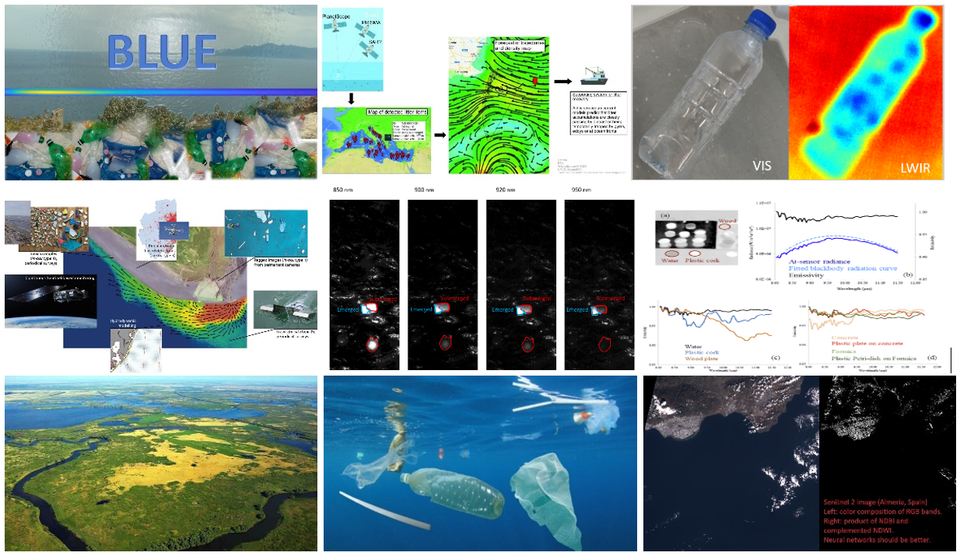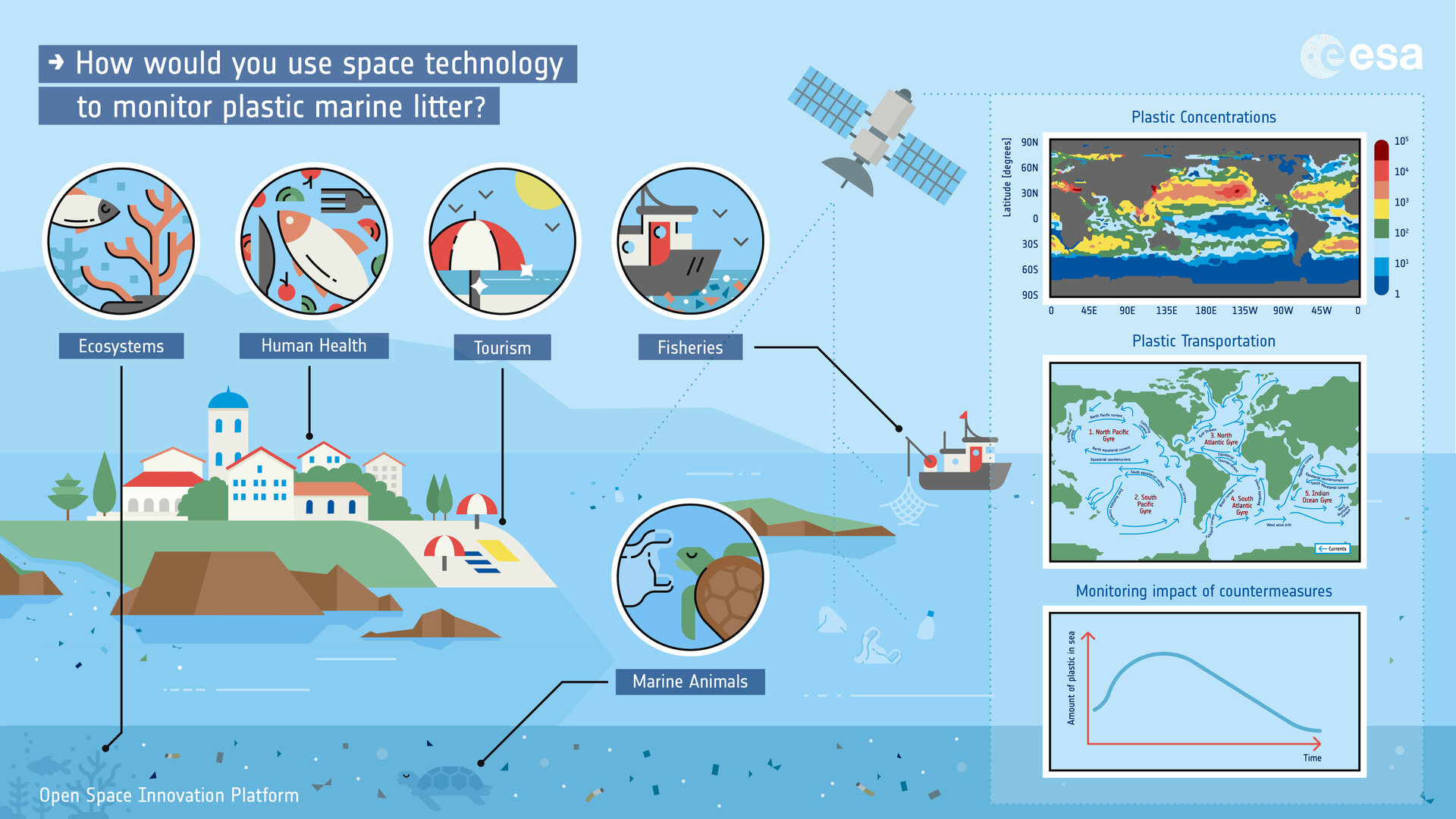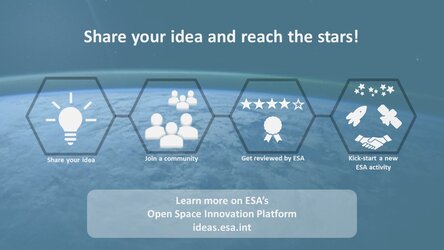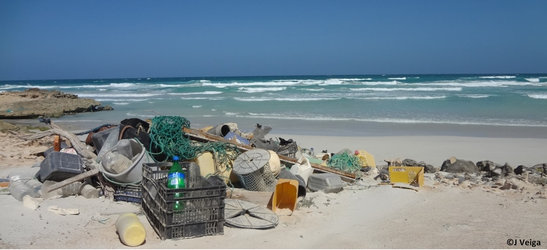Keeping an eye on plastic from space
Through its new tool for collecting innovative ideas – the Open Space Innovation Platform (OSIP) – ESA recently sought suggestions for using space to monitor plastic litter in Earth’s oceans and freshwaters. This pioneering hunt for ideas broke with almost 50 years of tradition to enable industry, academia and the public to get directly involved with ESA and contribute to the future of space research.
Seeking ideas for our oceans
OSIP kicked off earlier this year with two calls for ideas that applied space technology to Earth-based problems, including using remote sensing to monitor plastic marine litter. Over the last few weeks, experts have been sifting through the many brilliant responses that were put forward to select the most novel of these to take further.

It is extremely difficult to monitor the millions of tonnes of plastic entering the ocean each year, as from Earth's surface it's impossible to see a lot of the ocean at once. All the selected ideas take advantage of the more promising vantage point of space, but otherwise display a diverse range of applications and technologies. There are ideas looking at plastic in rivers, shores and the open ocean, using novel techniques and applying technologies such as artificial intelligence, LIDAR and thermal imaging in new ways.
"The nature of OSIP encouraged a community already involved in plastic marine litter issues to gather around this search for ideas," enthuses ESA's Paolo Corradi who oversaw the hunt for innovative proposals. "It enabled us to quickly connect with industry, research and academic institutes, and the public to find a large number of creative ideas."
A new ideas platform
Anybody can submit ideas to OSIP, and as each submission requires only a short description, the platform encourages a fast and dynamic idea development and evaluation process. This allows ESA to quickly discover the most relevant and innovative ideas before requiring more detailed proposals, meaning that OSIP efficiently seeks the best solutions for ambitious challenges.
After ideas are submitted, ESA, potential industry partners, and the public can interact to resolve problems and nurture proposals with comments and additions. This is the first time that such interaction can take place during ESA calls for ideas.

What next for these ideas?
"We are looking forward to implementing the most exciting ideas into one of three ESA Discovery schemes,” concludes Moritz. “Depending on the nature of each idea, we will either begin a research co-sponsorship, a study or an early technology development project."
"By developing the ideas we have selected from this search, we might soon be able to directly detect accumulations of seaborne plastic using satellites and understand what remote sensing technology we need to develop to improve our monitoring capabilities,” adds Paolo. “This could be a huge step forward in our ambition to contribute to reducing the amount of plastic in the oceans!"
New Campaigns to address specific problems and Channels for more open calls regularly become available on OSIP. Visit ideas.esa.int to see if there's a place for your fresh ideas.















 Germany
Germany
 Austria
Austria
 Belgium
Belgium
 Denmark
Denmark
 Spain
Spain
 Estonia
Estonia
 Finland
Finland
 France
France
 Greece
Greece
 Hungary
Hungary
 Ireland
Ireland
 Italy
Italy
 Luxembourg
Luxembourg
 Norway
Norway
 The Netherlands
The Netherlands
 Poland
Poland
 Portugal
Portugal
 Czechia
Czechia
 Romania
Romania
 United Kingdom
United Kingdom
 Slovenia
Slovenia
 Sweden
Sweden
 Switzerland
Switzerland





























